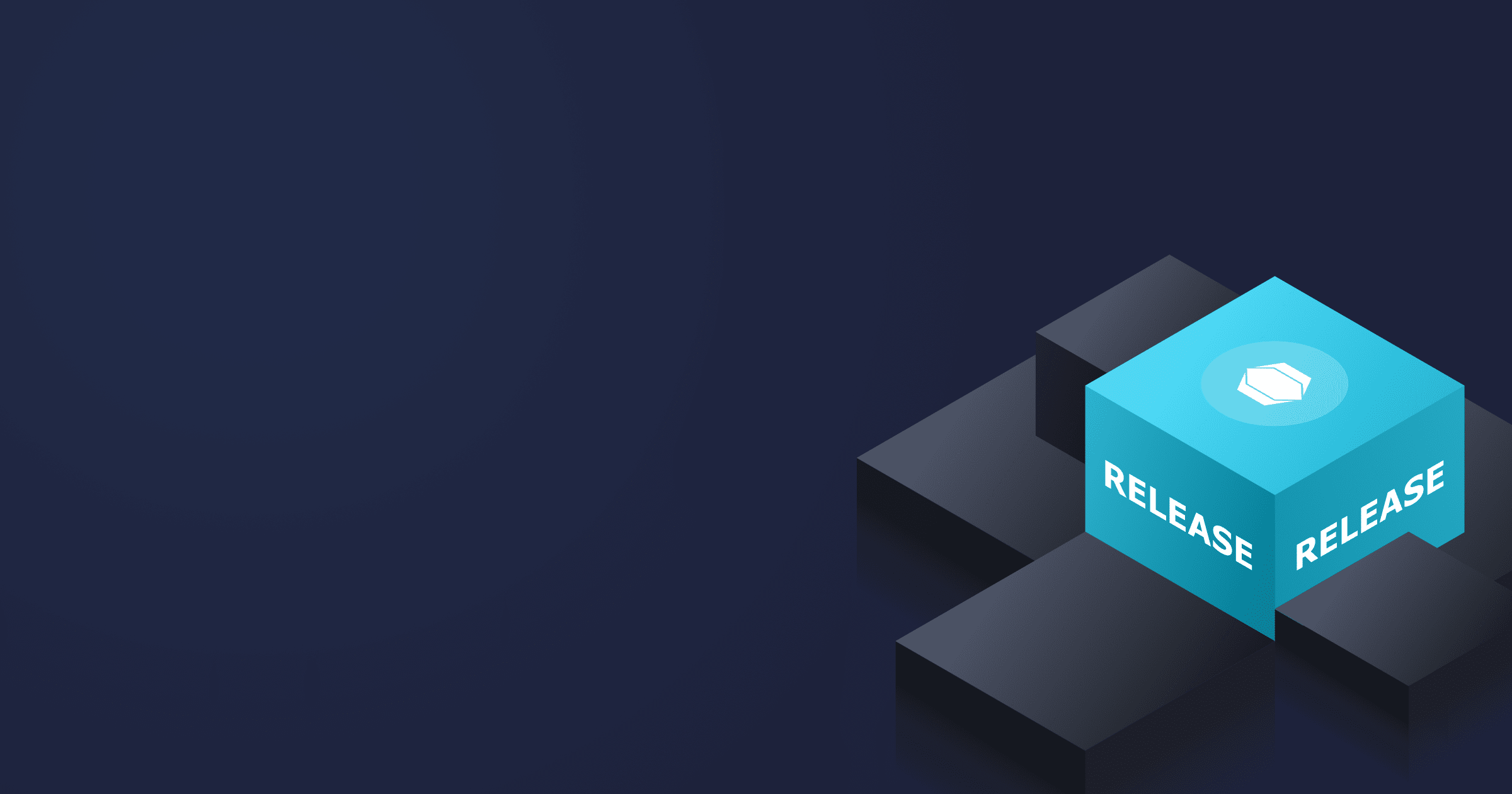"Remember when we first downloaded that HotJava beta? Who could have imagined where we'd end up..."
As Java turns 30, we're not here to recite another timeline of releases and features. Instead, we want to share something more personal: our three-decade love affair with a language that changed everything - including our lives.
This is the story of Java through the eyes of our team — Aleksey, Valery and Peter, who literally built Java at Sun Microsystems; Dmitry and Pasha, who witnessed the ecosystem's explosive growth; and many others who've made Java their life's work.
Table of Contents
- 1995: The Download That Changed Everything
- The Sun Microsystems Years: Building Java from the Inside
- The "Holy Sh*t" Moment: When Java Made Sense
- The Wild West Era: When Everyone Had Their Own JVM
- The Forgotten Heroes: Excelsior and the JVM Wars
- The Tools That Built Our Careers
- 2004: The Release That Changed Everything
- Going Open Source: The Transparency Revolution
- The Acquisition by Oracle: Fear and Survival
- The Lambda Awakening (2014)
- The Bloom of the Java Community
- Today: Still Writing the Story
1995: The Download That Changed Everything
Java 1.0 had just been released, introducing the revolutionary concept of platform-independent programming. The web was still mostly static HTML, and the idea of interactive content running in browsers was groundbreaking.
Valery: "I downloaded the first HotJava beta in '95. Thirty years ago! But I didn't start working with it professionally until 1997."
Picture this: It's 1995, and here's this young engineer downloading something called "HotJava." No one knew what they were getting into. The web was just text and images, and suddenly there's this thing that can make websites interactive.
Dmitry: "Java attracted me because it was new and being taught at university in the late 90s and early 2000s. You know how it is when you're learning - new always feels exciting."
That excitement wasn't misplaced. We were witnessing the birth of interactive computing.
The Sun Microsystems Years: Building Java from the Inside
During the late 1990s, Java was rapidly evolving with major releases like J2SE 1.2 (1998) introducing Swing and expanding to mobile platforms. Sun Microsystems was pushing Java as the universal platform for everything from web browsers to enterprise applications.
Some companies talk about Java expertise. We lived it. Peter and Valery weren't just using Java — they were literally building it at Sun Microsystems, working on the JDK itself.
Valery: "We worked on JavaStudio — an IDE for Java, written in Java. It was one of the first such IDEs before Eclipse, NetBeans, and IntelliJ."
JavaStudio was eventually cancelled, but they joined the main Java team. They even have commemorative plaques to prove it — actual souvenirs from Sun for their work on Java 1.1.7 to 1.4 and beyond. Not many companies can say their engineers have physical artifacts from Java's earliest days sitting on their shelves.
Commemorative plaques for Java releases
Peter: “Still working on the JDK today, over 25 years later. That's not just experience — that's dedication.”
The "Holy Sh*t" Moment: When Java Made Sense
As Java matured through the early 2000s, developers were discovering its true power: automatic memory management, built-in multithreading, and genuine "write once, run anywhere" capabilities that actually worked.
Dmitry: "It was mind-blowing. You're writing something that looks like what you've seen before - like C - but there's a garbage collector doing all the heavy lifting. Multithreaded programming where you don't have to think about memory management. It was revolutionary."
Pasha: "Suddenly you needed to think so much less than with most other popular languages back then. I came from Perl, which was also popular. Perl was like a puzzle you'd stare at, trying to assemble it in your head. But Java? Java was readable AND convenient to write."
The Wild West Era: When Everyone Had Their Own JVM
Before Java standardization took hold, the late 1990s and early 2000s saw every major tech company creating their own Java Virtual Machine implementation, leading to compatibility nightmares and fragmented ecosystems.
Alex: "There were so many JVMs! It was total chaos. IBM made their own, everyone made their own. It was like a massive war."
This wasn't just technical fragmentation - it was existential. Would Java survive as a unified platform?
"Then the TCK (Technology Compatibility Kit) appeared, basically determining which companies could even use the word 'Java' on their websites. That's when things started to standardize.”
The Forgotten Heroes: Excelsior and the JVM Wars
Team: "Around 2000, there was this amazing company called Excelsior. They were incredible - in some ways still better than what Graal VM offers today. Huawei bought them in 2018 and shut down the product. But what a product! They just lacked marketing."
These are the stories you won't find in official Java histories - the brilliant companies that pushed boundaries but didn't make it into the mainstream narrative.
The Tools That Built Our Careers
The early 2000s marked the explosion of Java tooling and frameworks. Build systems evolved rapidly, and the Spring Framework (launched in 2003) began its challenge to the complex Java EE standards.
Team: "We started with Make-like build systems - just dumb scripts. Then Ant appeared for Java, which was revolutionary. Later came Ivy as a valuable addition to Ant."
Pasha: "I started using Spring on version 2 in 2006. That means I completely missed the first major Spring release, which was purely to show that there could be good alternatives to Java EE. And now Spring 7 is coming out!"
The ecosystem wasn't just evolving - it was exploding. Every new tool felt like a revelation.
2004: The Release That Changed Everything
Java SE 5 (originally called Java 1.5) was a watershed moment, introducing modern language features that transformed Java from a verbose, basic language into something that felt contemporary and powerful.
Aleksey: "Java SE 5 was huge! Not just because it was the first release some of us worked with as developers, but because it brought tremendous changes. Generics, enums, the new Java Memory Model, java.util.concurrent, varargs - these features made Java a truly modern language!"
This wasn't just another update. This was Java growing up.
Going Open Source: The Transparency Revolution
Java's transition to open source (completed in 2006-2007) fundamentally changed how developers could interact with the language. Instead of trusting vendor documentation, developers could read the actual source code.
Dmitry: "Real experts emerged who could say: 'I've actually seen the Java source code. I can explain why and how to configure it properly, what actually changed from release to release.'"
When Java went open source, it wasn't just about code availability. It was about trust and understanding complexity. For many of us, it defined our path deeper into the Java ecosystem.
The Acquisition by Oracle: Fear and Survival
In 2009, Oracle acquired Sun Microsystems for $7.4 billion, taking control of Java's future. The community feared Oracle would commercialize or abandon Java, threatening the open ecosystem that had developed.
Pasha: "The community wasn’t sure what to expect. Some thought that Oracle would simply close the project."
Dmitry: "Sun was this unshakeable rock. They made hardware, they made the OS for their hardware, they made Java for their hardware. It seemed natural. Then suddenly - boom - Oracle bought everything."
But here's the twist: Oracle didn't abandon Java. They invested into it and brought order into a huge community project. Sometimes, the community's fears don't come true.
The Lambda Awakening (2014)
After a painful 5-year gap between Java 6 and 7, Java 8 finally delivered the functional programming features developers had been craving. Lambda expressions and the Stream API revolutionized how Java code was written.
Aleksey: "My dream came true when Java 8 released lambda support! I immediately stopped using for loops and replaced them with streams."
We weren't alone in our enthusiasm. Java 8 is still heavily used in major institutions today. We even support it in our Performance Edition because the world isn't ready to let go.
The Bloom of the Java Community
With Java's new 6-month release cycle starting in 2017, the language continued evolving rapidly. Modern Java bears little resemblance to the verbose language many remember, with features like records, pattern matching, and improved performance keeping it competitive.
After Java 8's release in 2014, we observed how the community around Java blossomed. Everything was blooming and thriving. New JDK distributions arrived, among them — our own Liberica JDK.
Dmitry: “I will never forget the mixture of delight and excitement I felt when we first shipped Liberica JDK. We felt that it was the right thing to do, that we created something great that will be useful to developers. At the same time, it was scary, but in a good way, like when you are starting a life-long journey and don’t know what awaits you out there."
The improvements and new features contributed by big companies and individual developers poured into the Java platform like summer rain, and numerous Java User Groups and Java-related conferences popped up all over the world with these rains. JUGs, conferences, seminars were buzzing with activity, spreading the word about Java, exchanging knowledge and experience, radiating ideas and driving Java forward.
Java was ported to ARM, then to RISC-V, making itself at home on new platforms. It was also preparing to conquer the cloud as container support improved with every release. The BellSoft team took an active part in optimizing Java for the cloud. Among other contributions, we integrated Alpine Linux port into the mainline OpenJDK, which finally made it possible to create small container images. And today, Java is a rightful cloud dweller!
So, if anybody asks you “What’s the secret behind Java’s vitality?”, you know the answer: the community!
Today: Still Writing the Story
It’s 2025. Within our company, some of our team members had started working with Java long before some of our colleagues were born. We've seen it grow from a curiosity downloaded on dial-up to the backbone of enterprise computing. And it never ceases to amaze us!
The team reflects: "It's more than just a programming language. It's been our career, our passion, our daily companion for three decades."







